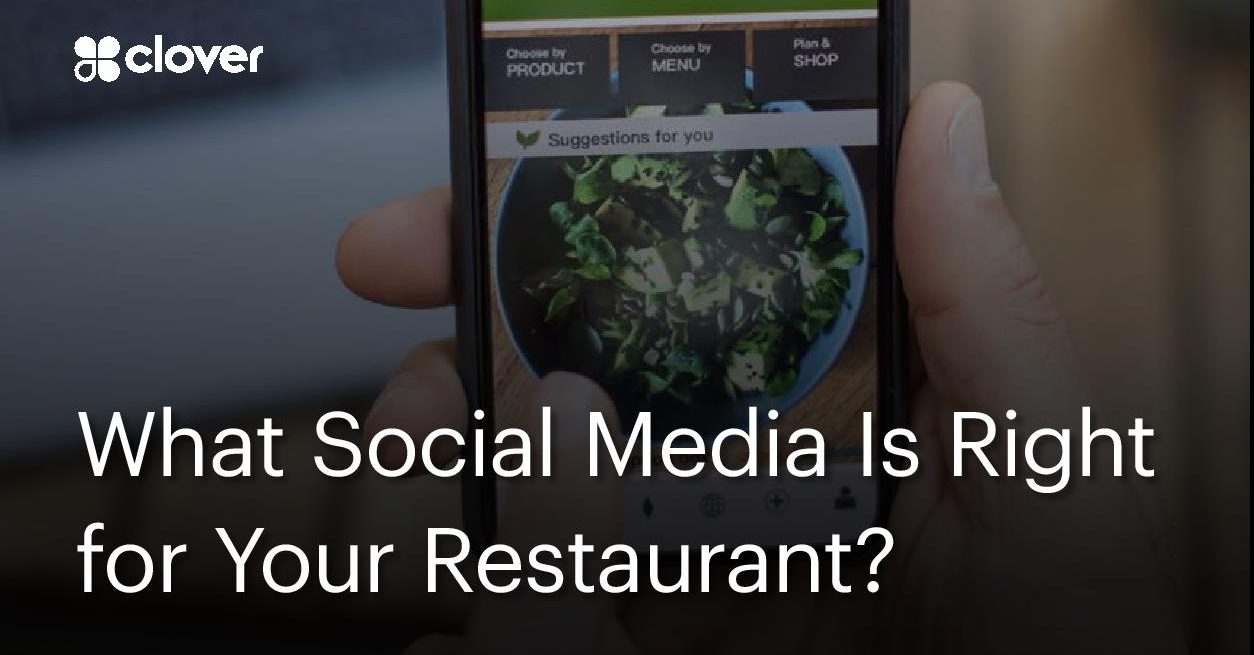What Social Media Is Right for Your Restaurant? (Infographic)
3 Min Read By Mihir Korke
Social media platforms, such as Facebook, Instagram, and Pinterest, make it easy to connect with potential customers. And, there are many different channels through which you can communicate with your audience. If you have limited time and money, how do you know which platforms you should be using to promote your restaurant?
You won’t know which platforms work for you until you’ve tested them all to see which deliver the best results. However, understanding the strengths (and weaknesses) of each social media platform allows you to allocate your limited resources for maximum impact. The article below covers some of the factors you should consider in your social media strategy – including what to look for when choosing the right social media platform for your restaurant’s marketing strategy.
1. Organic Reach
Social media is about reach: how many people will theoretically be able to see your marketing message. With 2.7 billion total users, according to Statista, few platforms can approach Facebook’s reach. Even if your restaurant services a tiny geographic market, there will likely be more locals on Facebook than on any other platform – but not always.
Your audience might skew more toward a younger crowd – in which case TikTok may be a better option. Perhaps you cater primarily to women, making platforms such as Pinterest more useful. If you’re starting from scratch and don’t yet know the demographic breakdown of your target customer audience, you should beginwith Facebook. In addition to its sheer scale, this platform offers detailed breakdowns of audiences – segmented by gender, income, location, age, and other variables.
2. Advertising
If you have the bandwidth, it’s possible to launch a successful marketing campaign without spending a dime. A bigger investment in advertising, however, can save a lot of time, since you can test ads with various messages, visuals, locations, and audiences with specificity. Nearly all social media tools have some sort of paid advertising component. Here again, Facebook’s size makes it a winner when it comes to targeting and testing messaging to find your optimal audience.
For example, you can:
-
Compare the performance of identical ads shown to men versus women in your city
-
See who responds better to your Happy Hour specials – young adults or baby boomers
-
Test whether it’s worth expanding the radius of your “advertising” bubble by a few miles
3. Visual
It’s important to choose the right medium for your marketing goals. Twitter, for example, is perfect for sharing news articles, quotes, and other bite-sized pieces of information. Yet, most restaurants want to showcase the delicious creations that come out of their kitchens. For this reason, Instagram and Pinterest are far more suitable given their heavy reliance on imagery. Snapchat may also be a good option if you’re looking to engage with a younger audience.
4. Value
Want more customers? Instead of guarding the recipe to your “special sauce,” you should be sharing it freely with the world. Offering value is how you attract eyeballs and generate interest. Few social media tools allow you to do this better than YouTube. Facebook might boast 2.7 billion total users, but YouTube has more than two billion daily users. This makes it the world’s largest video platform (and second-largest search engine, after Google).
If you’re having trouble getting people through the door, consider posting videos of cooking lessons, ingredient selection, kitchen hacks, and other experiences that users can replicate at home. This type of material is more valuable than ever, with so many people staying inside more these days.
4. Competitors
The beauty of social media is that you can see exactly what your competition is posting – and how people are responding. Take a few minutes to “follow” or “like” some of your closest rivals. Then monitor the types of conversations and customer reactions that emerge on their pages.
While it may be tempting to only follow competitors in your ZIP code, some of the best ideas will come from restaurants on the other side of the globe. Don’t be afraid to expand your circle for inspiration.
There is no magic bullet when it comes to social media. Strategies that work for your restaurant might not work for another – even if you both serve similar cuisine at comparable prices. This is why constant testing and modifications are essential. Social media is a tool that allows you to start conversations. With in-built analytics, you can then measure the impact of those conversations as you refine your messaging over time.
For a more comprehensive overview of social media tools (including the pros and cons of each platform), check out the accompanying resource.


